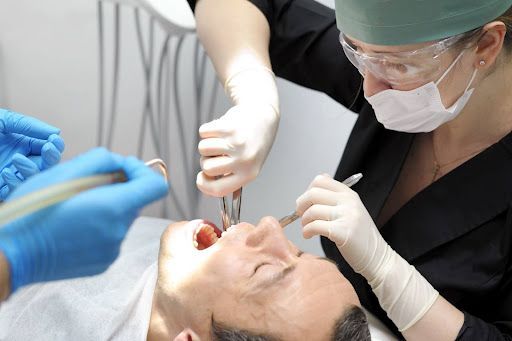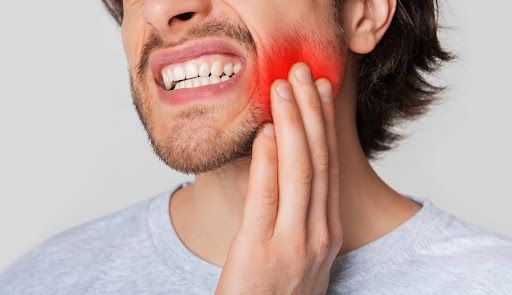X-rays as a Diagnostic Tool in Dentistry
November 20, 2013
X-rays are one of the best preventative tools we have in dentistry. As a visual exam only allows limited visibility of a tooth and is not able to tell the whole story. By using x-rays, dentists are able to assess the over-all health of a tooth, thereby saving time and money; preserving tooth structure and preventing painful situations.
Using X-rays to Diagnose
X-rays are useful in many ways. X-rays are used to diagnose many dental conditions including: decay between teeth, under restorations; periodontal disease; abscesses; infection of the bone or even tumors. Without x-rays, your dentist is not always able to detect these conditions. Letting any of these conditions continue without treatment can be problematic.
How often should you have x-rays
The length of time between x-rays depends greatly on your dental history and age. Depending on your dental history, it is recommended to have bitewing x-rays taken anywhere from every 6 months to every 24 months. For patients with a higher risk of cavities or periodontal disease shorter intervals between x-rays is recommended.
A shorter interval is also recommended for children as their jaw and teeth are still developing. The best way to determine how often you should have x-rays is to discuss it with your dentist. They will be able to explain how often you should have x-rays and why they recommend that specific interval for you.
X-ray Radiation
Many concerns about x-rays involve the radiation exposure for patients. Dental x-rays use minimal radiation and are targeted. We use a cone beam to target the small area around the specific tooth or teeth that need to be imaged. This limits the radiation to a small area. We use a lead apron and thyroid collar as an added precaution.
The radiation used for conventional dental x-rays is minimal – approximately 0.038 mSv for bitewings and 0.150 mSv for a full mouth series – just a fraction of medical x-rays. As an additional precaution, our Evanston dental office switched to digital x-rays 7 years ago to help decrease the radiation exposure for our patients. Digital x-rays use 70 to 80% less radiation than conventional x-rays.
X-rays are one of many tools that your dentist can use to help you achieve optimal oral health. X-rays are a great way to prevent pain and loss of your original tooth structure. Our Evanston dentists prefer to practice minimally invasive dentistry and believe that regularly scheduled x-rays are necessary in providing the best preventative dental care.
The post X-rays as a Diagnostic Tool in Dentistry appeared first on Stephens Dentistry.







